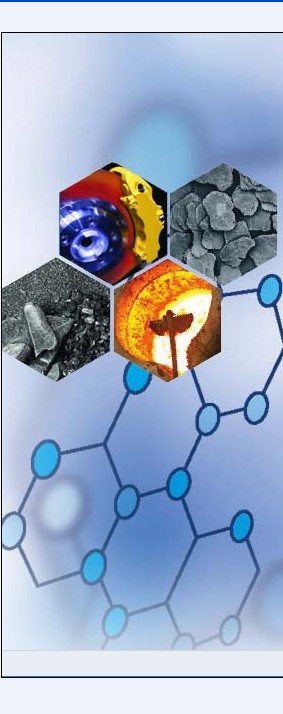GRAPHITE
2013-06-02 03:00:37
GRAPHITE.
By HENRY G. FERGUSON.
INTRODUCTION.

Natural graphite may be either crystalline or amorphous. Crys-
talline or flake graphite is commonly understood to mean graphite
in crystals of sufficient size to be visible to the naked eye; much of
the so-called amorphous graphite shows a crystalline structure under
the microscope. Crystalline graphite occurs either in veins, as in the
Ceylon deposits, or as flakes disseminated through the country rock,
as in many of the deposits in the United States.
Most deposits of amorphous graphite are the result of the alteration
of coal bed's by the intrusion of igneous rocks. Amorphous graphite
s also made artificially by means of the electric furnace.
The peculiar physical properties of graphite infusibility, chemical
inertness, high conductivity, extreme softness, and low specific grav-
ity fit it for a large number of uses, such as the manufacture of cruci-
bles and other refractory products, lubricants, "lead" pencils, paint,
oundry facings, as a preparation to loosen boiler scale, as a polish for
gunpowder, and in various types of electrical work. Of these uses
the manufacture of crucibles takes by far the greatest share of the
total output.
COPYRIGHT 2008-2013 Chenzhou Top Graphite Company Limited
